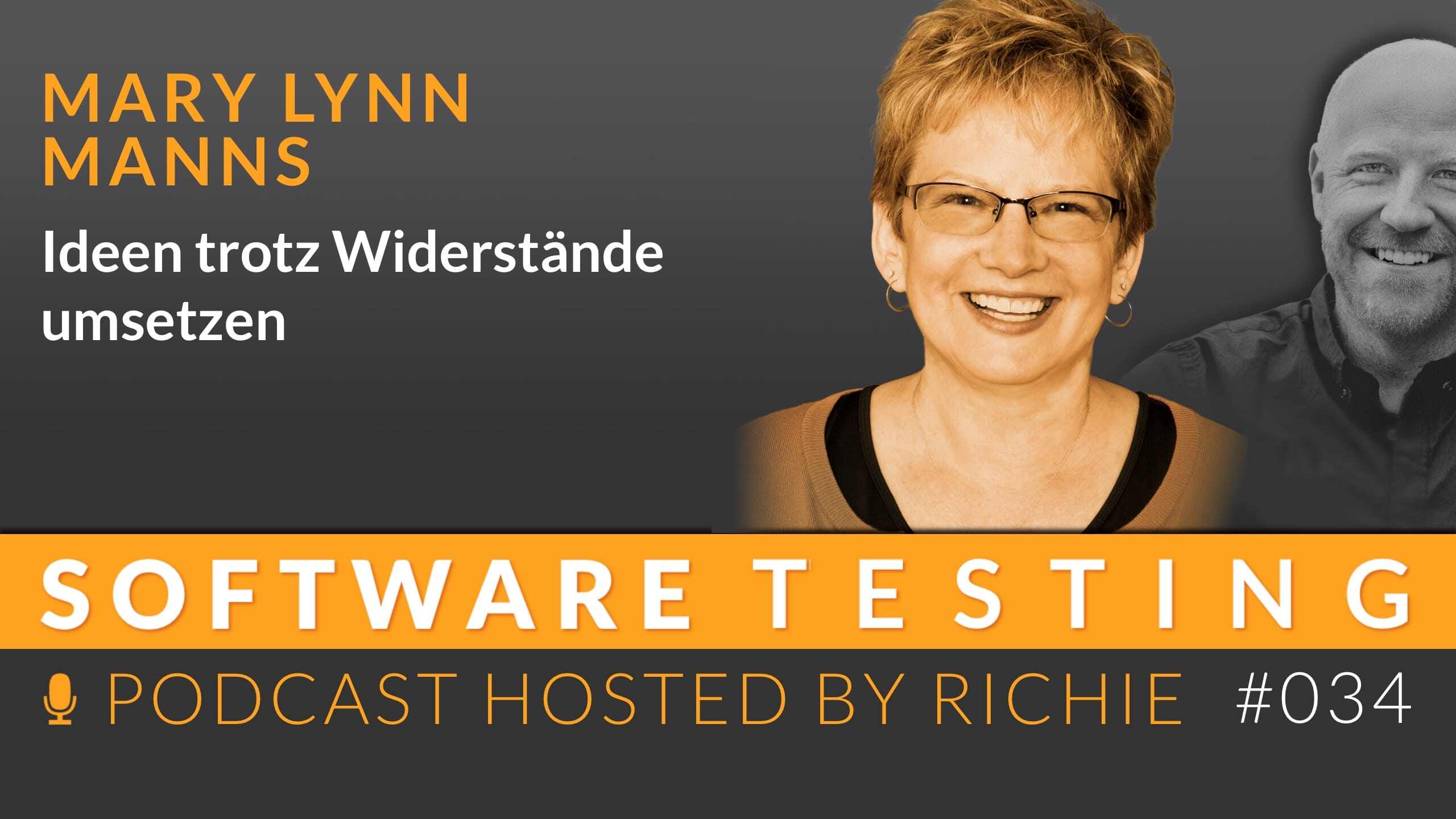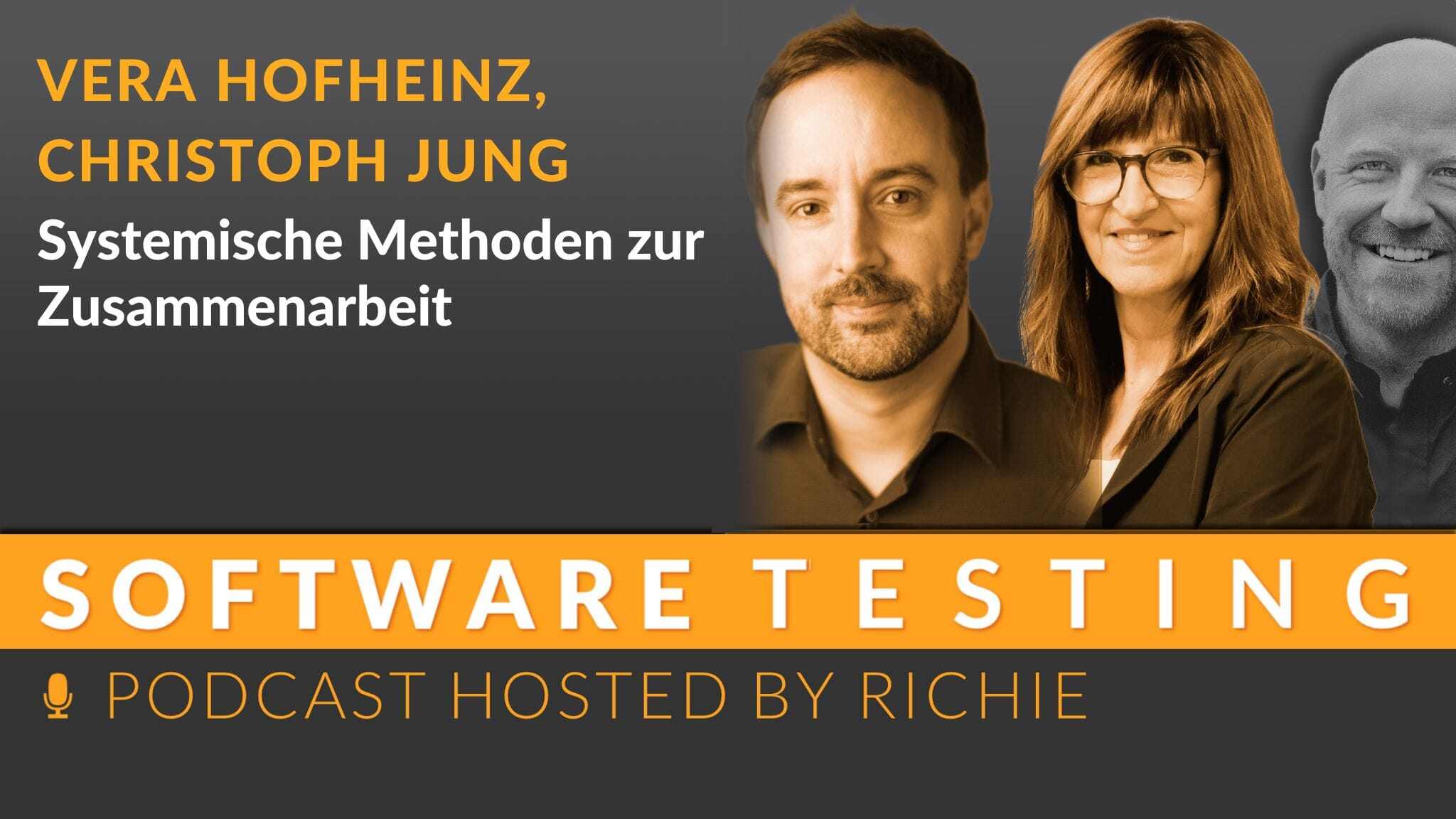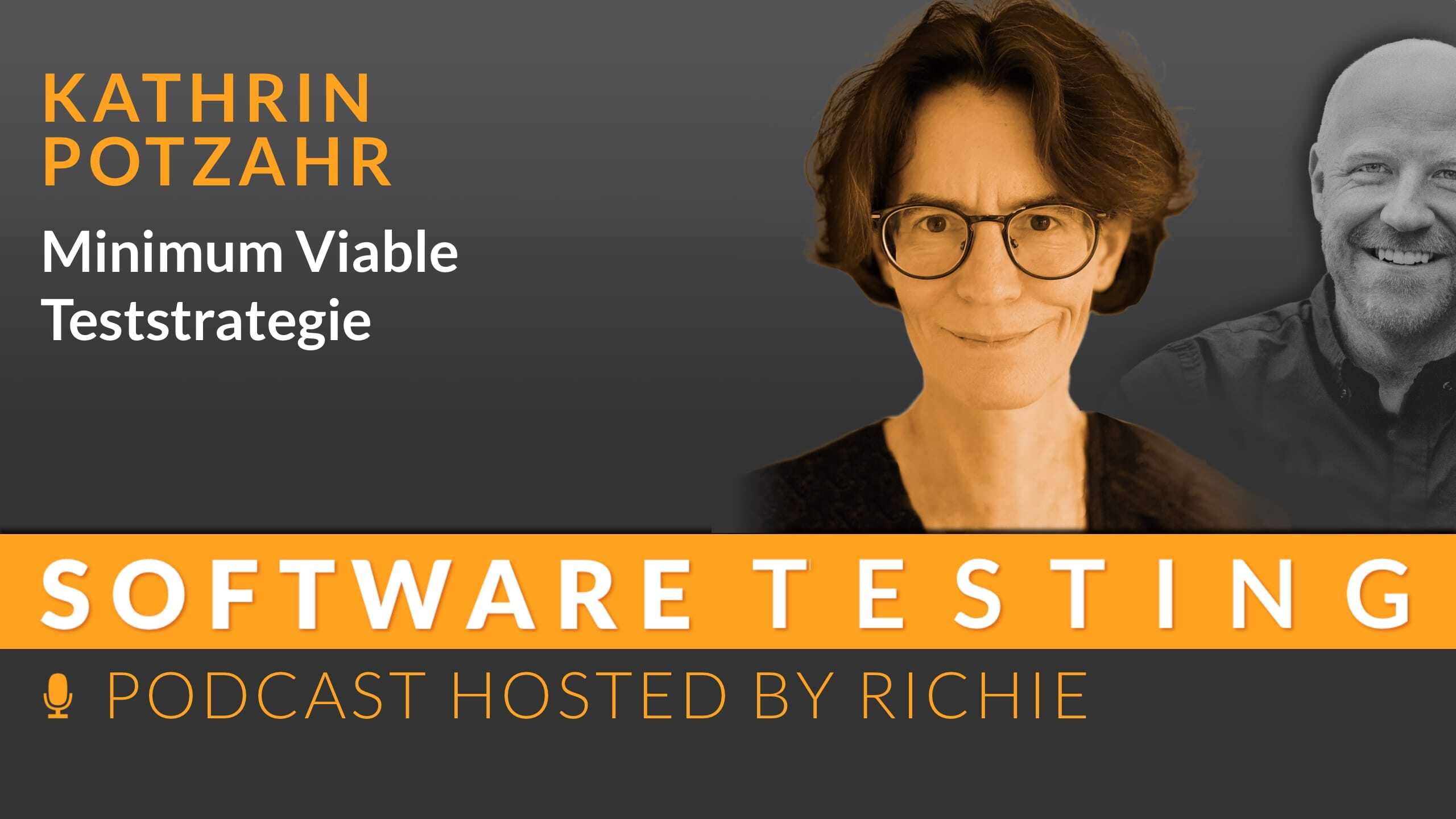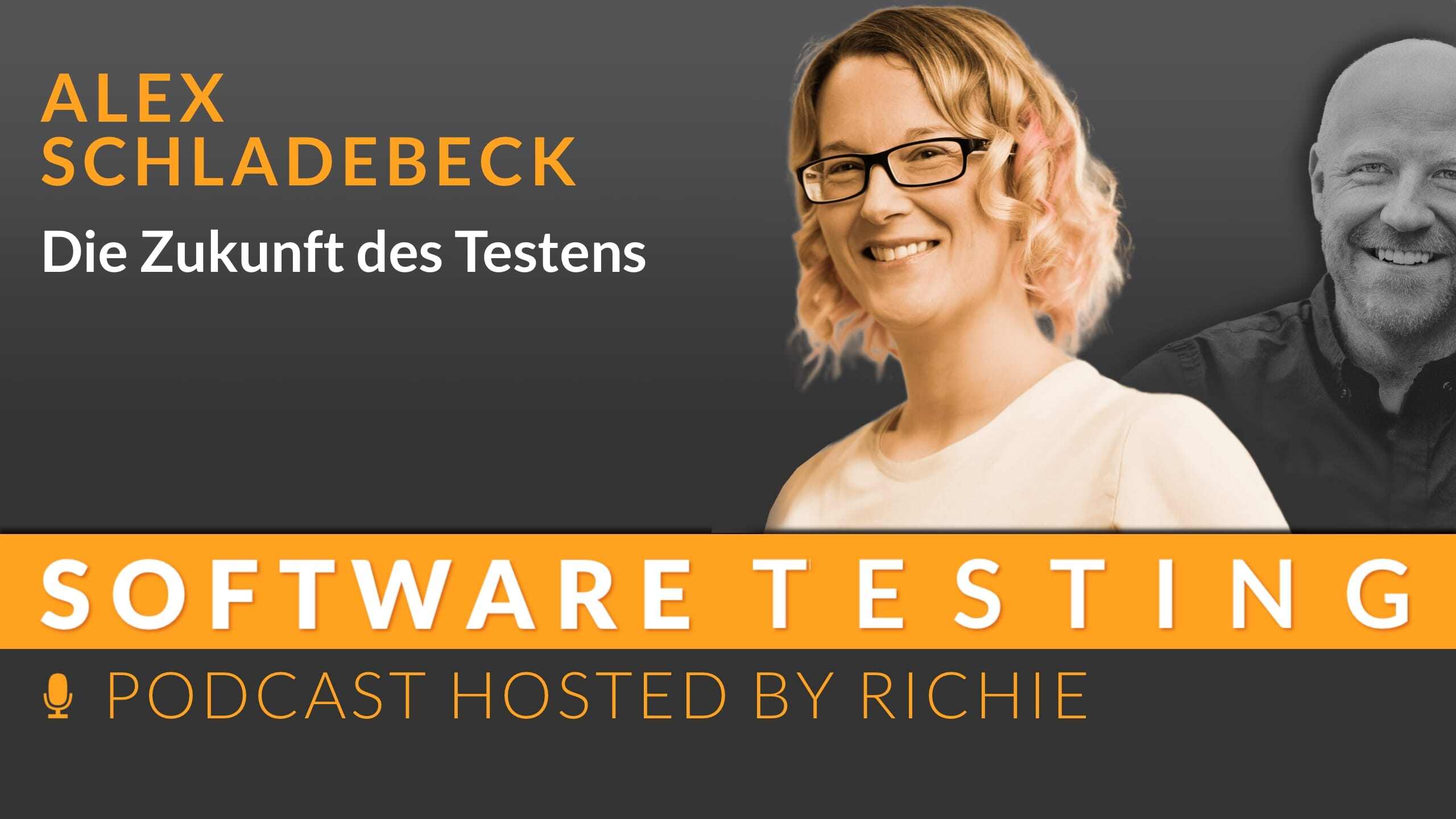Systemic Methods for Collaboration
How can systemic approaches in consulting and coaching transform teams and companies? Vera Hofheinz and Christoph Jung explain the importance of...

Changes affect us deep down. And changes in everyday working life can also end in chaos. And everyone knows that skeptic in the team who points out problems and grievances all the time. Mary Lynn gives talks and workshops in which she explains how leaders can not only announce changes but also implement them successfully without offending their employees. However, you can also apply these perspectives and techniques if you are not a manager.
“It’s not that people don’t like change, they don’t like the process of change” – Mary Lynn Manns
Mary Lynn Manns is an educator, author and speaker on the topic of change. She is co-author of the books “Fearless Change: Patterns for Introducing New Ideas” and “More Fearless Change: Strategies for Making Your Ideas Happen”. She is currently a professor at the University of North Carolina at Asheville. She has given numerous global presentations and workshops on change at conferences and in organizations such as Microsoft, Amazon, Procter & Gamble, Apple and Avon.
Highlights of this episode:
Today I’m talking with Mary Lynn Manns about overcoming resistance to change so that new ideas can be implemented in organizations. She lays out strategies for dealing with skeptics, creating emotional connections and positive commitment to change.
In our conversation with Mary Lynn Manns, we covered the important topic of change within organizations, especially in software testing. Contrary to popular belief, it is not the change itself that people resist; it is the process of change that becomes overwhelming. Mary Lynn emphasized that personal choice plays a significant role in how change is perceived and accepted.
Mary Lynn emphasized that change is an emotional journey and not just a cognitive one. Whether it is an identity shift within an organization or adapting to new roles after change, such as agile development, it affects individuals on a personal level. Leaders need to recognize and effectively manage this emotional dimension.
Fear lies at the heart of resistance to change. It is essential that leaders address these fears and help their teams navigate them. As Mary Lynn notes, skeptics should not be viewed as adversaries, but as assets who can point out overlooked problems. Dealing constructively with skeptics can mitigate their resistance and put their feedback to positive use.
To lead successful change initiatives, it is essential to communicate the personal benefits and impact of the change to team members. Mary Lynn introduced practical strategies such as “Imagine it” that encourage individuals to visualize positive outcomes from the proposed changes, creating an emotional connection with the idea.
Mary Lynn introduced a concept called “powerless leaders” - individuals without formal authority but with influential ideas for change. She explained that these leaders can inspire grassroots-level change that often has a more lasting impact than top-down directives.
An often overlooked aspect of managing change is recognizing what team members may lose during the transition. By creating space for this recognition, leaders can build deeper emotional connections with their teams so that they feel seen, heard and valued during times of upheaval.

How can systemic approaches in consulting and coaching transform teams and companies? Vera Hofheinz and Christoph Jung explain the importance of...

Written test strategies are a long time and in the end nobody reads them. Many people are probably familiar with this. Even if they are read,...

Many different factors have caused dramatic changes in recent years: Covid was a deeply disruptive experience worldwide, war here in Europe, a single...